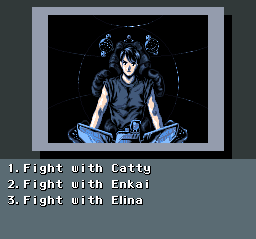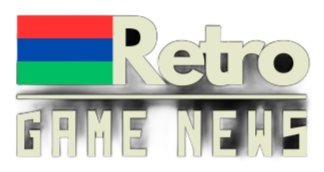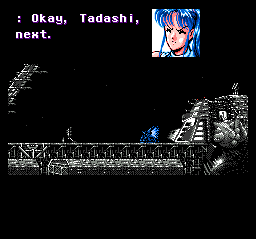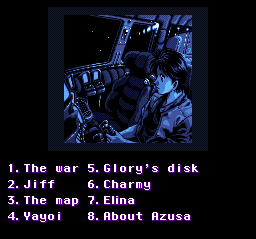Let me say straight off the bat that this has nothing to do with the magazine called “Nintendo Power” as this will definitely be a source of confusion for many. And that is completely understandable considering the immense popularity of the magazine in the United States and conversely how little known the Nintendo Power game system is. This may be the first you are hearing of this game system, as is the case with many of these obscurities it was only commercially available in the land of the rising sun. The unique game distribution system for the Super Famicom and Nintendo Gameboy was released in Japan in 1997 and incredibly was discontinued as late as 2007, well after the SNES had been discontinued. The unique game distribution system was a great idea and could have been much more successful but due to many complicated factors such as all the other game systems being released at the time and many other things happening at the time, as well as some simple factors such as lack of advertising and branding on the kiosk machines. It’s a shame that gamers weren’t able to receive the fruits that would have come if this idea had the chance to live up to it’s full potential. However it did result in about 120 game releases with only a portion of those being unique releases but enough to keep the fan translation community busy for a while.

Much like the Satellaview this system was developed as an attempt to solve the growing issue of ever increasing cartridge manufacturing costs. At the time it was a real problem, as many of the older gamers may remember, cartridge games were always expensive but at that time some retailed as high as $100 – $120 in Australia. That is why my parents would only buy one SNES game which they frequently returned at the store to exchange it for a different game. Nintendo Power was a game distribution system which consisted of ROM writing machine that people could use to access new games at a video game retailer. Gamers would buy a Super Famicom flash cartridge which was essentially a blank cartridge with eight 4 megabit slots used to store games. The cartridge would be taken to the store (Lawson’s) that had the Nintendo Power system, choose a game and pay the store a fraction of the cost needed to purchase a brand new game on cartridge. I will go into a lot more detail about this system at a later date on different section on this website since this article is about the game and not the system. And what a game it is, I’ve played many, many Super Nintendo games over my whole life having owned a disk drive copier with over 200 SNES games on floppy disk way back in the early 90’s. I am now reaching my 40th birthday and throughout that whole span of time I have never stopped playing and obtaining new Super NES games. Still a never-ending source of entertainment and fascination for me, I have played hundreds and hundreds of games and have not come across anything quite like this game. Well, actually there a couple similar games in Famicom Detective Club Part 2 and Radical Dreamers, both are also only available in English as fan translations.
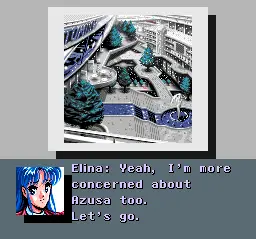
The final new game to be released on Nintendo Power for the Super Famicom was in 1999, a Japanese exclusive which was a remake and improved version of Famicom graphic adventure game. While this doesn’t sound like it would make a very good Super Nintendo game, in reality this assumption could not be any further from the truth. The game is called “Metal Slader Glory: Director’s Cut”, it was the last of the 40 odd first party Nintendo games released via Nintendo Power. Anyone who has been playing retro video games for long enough has come across a robot mech game which was (and I’m sure still is) a very popular cultural phenomenon in Japan. One well known iteration of this idea that was localized in the west was the popular Neon Genesis Evangelion anime cartoon, which used to air on SBS in Australia during the early 2000’s. Metal Slader Glory is based around that idea of giant, mechanized, piloted war robot machines that are illustrated in the show. In the Metal Slader Glory world human civilization has gotten so advanced that self-sustaining colonies exist not just in space but even on the moon. Metal Slader’s are giant human-robot like mech’s that are piloted by humans who sit inside the machine and control it’s movement via computers and manual controls. They were developed in direct response to a secret war with an alien race by the human race’s most intelligent scientists. The game is a graphic adventure and plays like a linear story, much like a cartoon or comic book only you control the main protagonist’s actions. It’s an incredibly atmospheric game, it works very well as a Super Nintendo adventure game and is a complete joy to experience. Additionally it’s not completely linear as you can make various choices throughout the game that affect the way that the story plays out. In fact there are several different endings and the ending you get depends on the choices that you make in the game. There are a several key areas that I have identified in the game which are significant to determine how the story develops. The first is about halfway through the game when you are infiltrating the alien base in order to rescue someone and get to choose whether you go it alone, with your female friend in a team involving another ally that you meet. The other part is at the end of the game during the final battle with the alien race.
